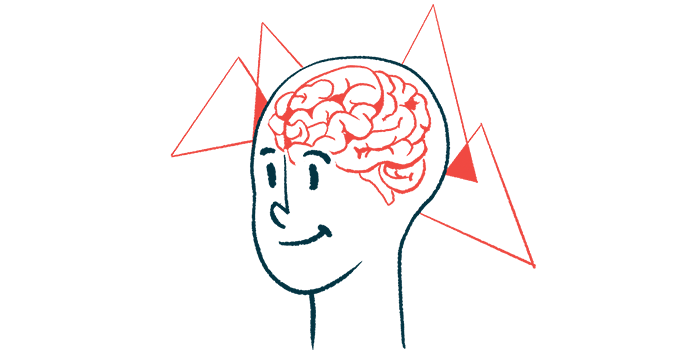Transcranial Stimulation With Exercise May Boost Benefits for Patients

Transcranial stimulation — a noninvasive procedure that sends low-level electric currents to certain brain regions — may boost the benefits of aerobic exercise and improve gait for people with idiopathic Parkinson’s disease, a small study reports.
“We found that transcranial stimulation activated the pre-frontal cortex, a brain region that Parkinson’s patients use more to control gait than healthy individuals,” Rodrigo Vitório, PhD, the study’s lead author, said in a press release. “A single session associated with exercise enhanced cognitive function and produced other improvements.”
The study, “Aerobic exercise combined with transcranial direct current stimulation over the prefrontal cortex in Parkinson disease: effects on cortical activity, gait, and cognition,” was published in Neurorehabilitation and Neural Repair.
Motor symptoms of Parkinson’s include the loss of control and coordination in body movements, which lead to gait and balance problems. In Parkinson’s, gait is characterized by “short, wide, and asymmetric steps; slow gait speed; and increased step-to-step variability,” the researchers wrote.
Research has shown that patients rely on the compensatory mechanisms of the prefrontal cortex — the front part of the brain that is important for attention and executive function — to better control gait. However, such “executive processes” are slow and limited in capacity, the researchers noted, and can be hindered by cognitive difficulties due to Parkinson’s.
Aerobic exercise and transcranial direct current stimulation (tDCS) are known ways of increasing the activity of the prefrontal cortex. tDCS uses constant, low-intensity electrical currents, passed through two small electrodes applied to the scalp, to stimulate specific parts of the brain.
In previous studies, tDCS applied directly to the prefrontal cortex — alone or in combination with aerobic exercise — was found to benefit Parkinson’s patients.
Researchers investigated the effects of adding tDCS applied over the prefrontal cortex to a session of aerobic exercise on gait, cognition, and prefrontal cortex activity while walking in people with Parkinson’s.
Their study enrolled 20 patients with idiopathic (of unknown cause) Parkinson’s: 10 men and 10 women, with a mean age of 71 and a mean disease duration of six years.
All attended two, 30-minute sessions of aerobic exercise during which they were asked to cycle on a stationary bike at moderate intensity. Each session took place one week apart.
In each of the sessions, aerobic exercise was combined with either an active or sham (placebo) tDCS procedure. The study used anodal stimulation, a type of stimulation that acts to excite neuronal activity.
In the first session, half of the patients received active tDCS, in which an electrical current was applied for 20 minutes, while the other half received sham tDCS, in which the electrical current was applied for 10 seconds. Conditions were reversed in the second session, with patients who received sham tDCS in the first one now getting active tDCS, and vice versa.
Gait, cognition, and prefrontal cortex activity while walking were assessed before and soon after each session (10 minutes after finishing).
Compared with measures taken before a session, step time variability lessened shortly after the exercise and active tDCS session. In addition, faster responses (as measured by simple reactions and choice reactions in cognitive tests), and greater prefrontal cortex activity — as seen in higher oxygenated and lower deoxygenated hemoglobin concentrations in that region —were evident.
These changes “were not observed with the stand-alone [sham tDCS] session of aerobic exercise,” the researchers wrote.
Main sensations reported with tDCS were mild tingling (60% of sessions) and itching (72.5% of sessions).
“Current findings suggest that the combination of aerobic exercise with anodal tDCS is a promising approach for the development of enhanced gait intervention. Benefits observed with the addition of anodal tDCS to aerobic exercise may have a positive impact on mobility in real life,” the researchers wrote.
This combined intervention “was well tolerated and led to immediate positive effects on gait variability, processing speed, and executive control of walking,” they added.
Further studies into how long the benefits of a single session might last, “the potential benefits of multiple sessions,” and optimal tDCS current and electrode placement are needed, the researchers stated.







